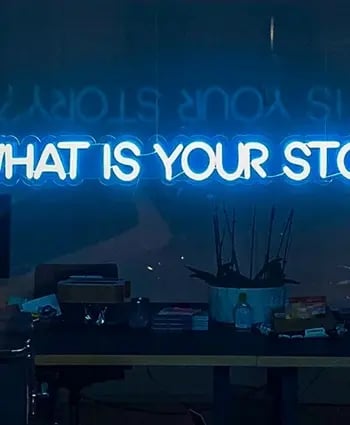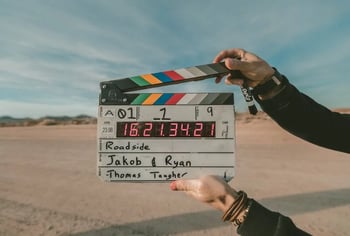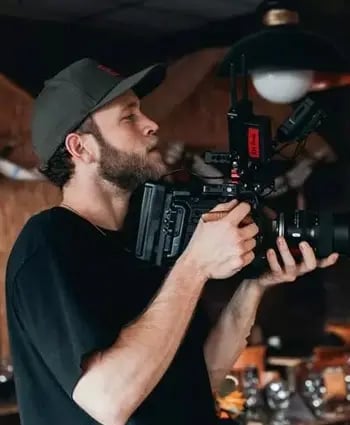Understanding Video Resolutions and Aspect Ratios
Dive into the world of video resolutions and aspect ratios! From 720p to 8K, and 4:3 to 21:9, discover how to make your content shine.
Let's chat about two things that can be a tad confusing but make a massive difference to your visual content: video resolutions and aspect ratios. By the time we're done here, you'll be throwing around terms like 16:9 and 4K with the confidence of a seasoned filmmaker.
1. Video Resolutions: The Nitty-Gritty
Video resolution is all about the detail and clarity of your video. It tells you how many pixels wide and tall your video is. The more pixels, the sharper your video. Let's break down the big players:
-
720p (HD): Remember when everyone raved about High Definition? This was it. With a resolution of 1280x720, it's often just called HD. Still great for online videos where you don’t want massive file sizes.
-
1080p (Full HD): Stepping up, we have 1920x1080 pixels. Most TVs and computer monitors play this 'Full HD' resolution, and it's a common pick for streaming platforms like Netflix.
-
4K (Ultra HD): Four times the resolution of 1080p, 4K sits at 3840x2160 pixels. It's gaining popularity rapidly, especially with filmmakers and YouTubers who want a tad more detail and flexibility in post-production.
-
8K: For those who reckon 4K isn't enough, there's 8K with a mammoth 7680x4320 pixels. Still a bit niche, but keep an eye out – it’s going to make waves in the near future.
2. Aspect Ratios: It's All About Proportions
While resolution tells you about clarity, aspect ratios chat about the shape of your video. It's the relationship between the width and height. Here are some of the big hitters:
-
4:3: A bit boxy, this one. Think old-school television sets or vintage family videos.
-
16:9: The darling of modern media. It's what most films, TV shows, and YouTube videos use. Widescreen and loved by most devices.
-
1:1: Perfectly square. You'll spot this one a lot on social media, especially platforms like Instagram.
-
21:9: Ultra-wide. Gives a cinematic feel and is particularly beloved by filmmakers looking to give their work that panoramic touch.
Why Does It Matter?
Flexibility: Different platforms prefer different resolutions and aspect ratios. Knowing your end goal – say, posting on Instagram vs. a YouTube channel – can help you shoot more effectively.
Audience Engagement: Ever tried watching a video on your phone, but it's all zoomed in or has huge black bars? That's an aspect ratio mismatch. Getting it right ensures your audience gets the best viewing experience.
Optimal Quality: Understanding and choosing the right resolution ensures your videos are sharp and clear. No one likes a pixelated video, right?
Final Thoughts: Which One's for Me?
Here's the golden rule: There's no one-size-fits-all. Your choice depends on what you're shooting, where it's being shown, and what vibe you're going for.
Creating a short film? 4K with a 21:9 aspect ratio might be your jam. Uploading a quick social media clip? 1080p at 1:1 could be spot on.
At the end of the day, video creation is as much art as science. Use these resolutions and aspect ratios as tools, but let your creativity lead the way.
Happy filming, and may your pixels always be sharp!

Written by Emily Malone Marketing Manager for Venture — a full-service video production agency that specialises in producing creative videos & campaigns that get real results.


















